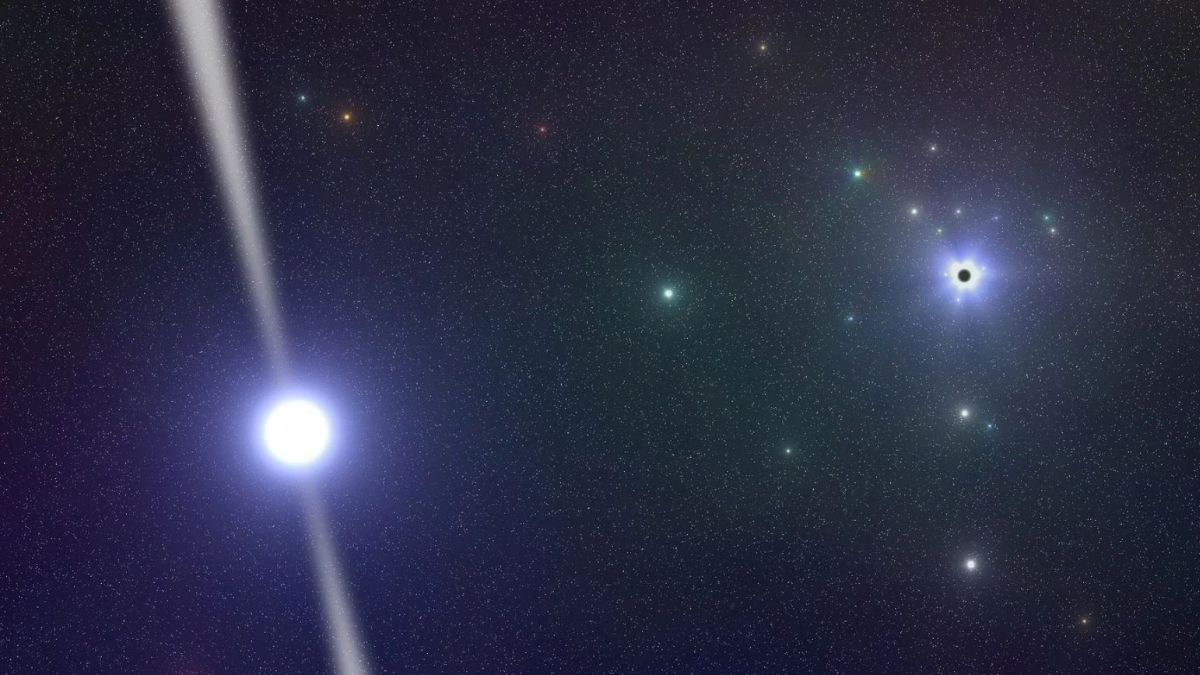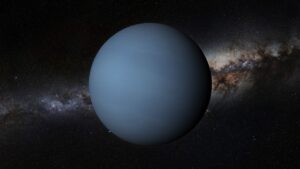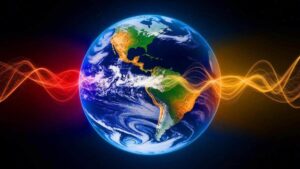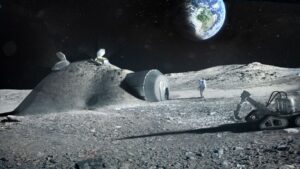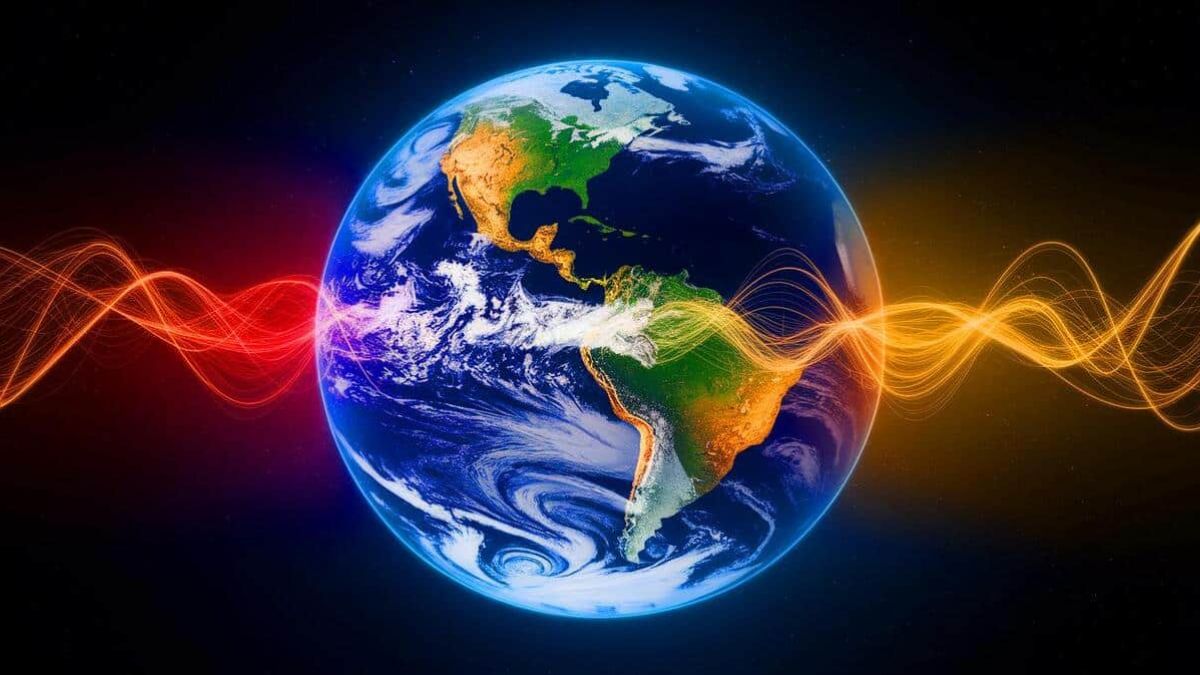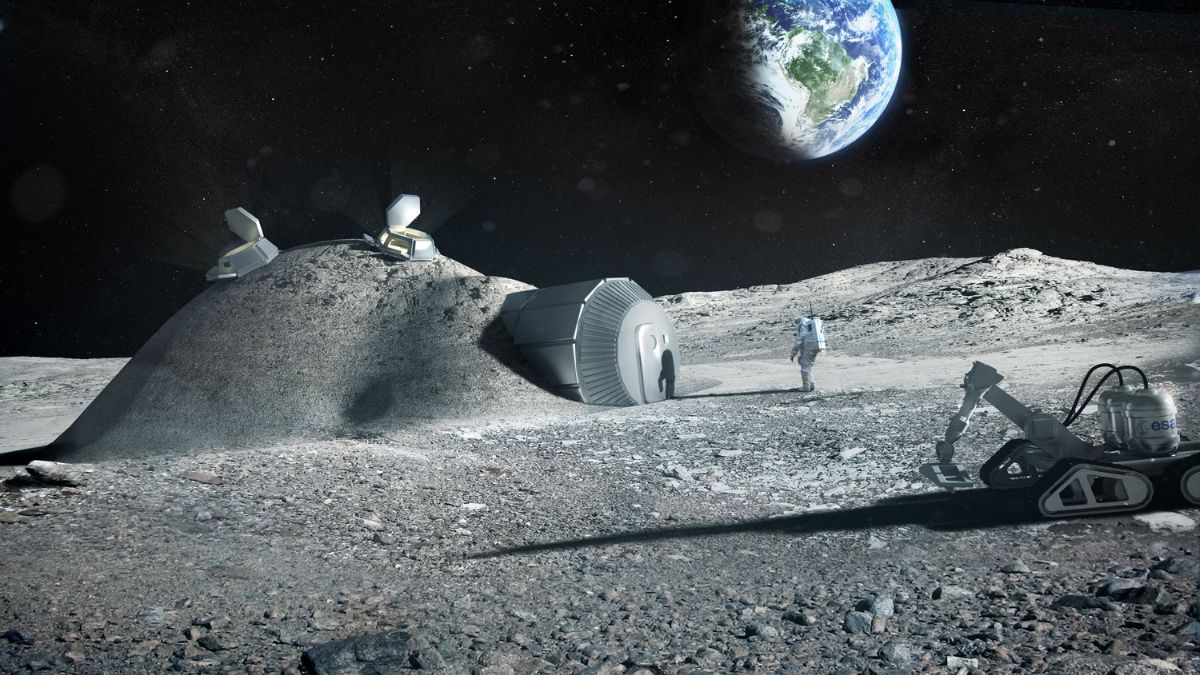For decades, we thought the Moon was just a dry, dusty rock—a lifeless place with no air, no water, and no surprises. But it turns out, we were wrong. Not only does the Moon have water, but it seems to create it every day in a quiet, invisible cycle powered by the Sun. This discovery is flipping everything we thought we knew about our nearest neighbor in space—and it could change the future of space travel forever.
Creation
Let’s start with how it all works.
The Moon doesn’t have an atmosphere or a magnetic field like Earth does. That means it’s constantly bombarded by solar wind—streams of charged particles, mainly hydrogen, that come from the Sun. The Moon’s surface, made of dusty rock known as regolith, contains oxygen. So, when hydrogen from the solar wind smashes into the surface, it combines with the oxygen in the minerals.
The result? Hydroxyl (OH) and even water (H₂O) molecules start forming on the lunar surface. In other words, the Moon may be using sunlight and space dust to quietly make its own water.
Rhythm
But here’s the really weird part: this isn’t a one-time process.
Thanks to infrared observations, scientists have noticed that water levels on the Moon go up and down throughout the day. The process seems to follow a kind of chemical “heartbeat”:
- Morning: Water and hydroxyl signals are strongest—there’s more on the surface.
- Midday: The Sun heats the surface, and some of that water evaporates into space.
- Night: Signals return, meaning new water is being made again.
This pattern wouldn’t make sense if the water only came from rare events like meteorite impacts. That kind of water would just disappear over time. But what we’re seeing is a cycle—a constant refresh powered by solar wind.
Apollo
To really prove this idea, scientists turned to the Apollo missions. Specifically, samples brought back by Apollo 17 in 1972.
These tiny grains of Moon dust were exposed to an “artificial solar wind” using a particle accelerator. The test simulated about 80,000 years of solar bombardment. What happened next backed up everything the theory predicted: chemical changes appeared in the soil, matching what we see in real infrared data from the Moon.
They didn’t directly detect water in the lab—but the chemical fingerprints matched the creation of hydroxyl and water on the Moon’s surface. Imagine that: the same dusty scoop collected by Harrison Schmitt decades ago just revealed one of the Moon’s biggest secrets.
Future
So why does this matter? Because water on the Moon changes everything for future missions.
If astronauts don’t have to bring all their water from Earth, they can stay longer. Here’s how lunar water could be used:
| Use | Purpose |
|---|---|
| Drinking water | For astronauts to survive on the Moon |
| Oxygen production | For breathing and life support |
| Rocket fuel | Hydrogen + oxygen = fuel for Mars and beyond |
Water is heavy and expensive to launch from Earth. If we can make or extract it on the Moon, it opens the door to sustainable bases, longer missions, and even interplanetary travel.
And guess where most of this water might be hiding? In deep, permanently shadowed craters near the Moon’s poles—the same area NASA’s Artemis program is targeting for future missions. China, too, is exploring similar regions after discovering what they describe as a kind of “ocean” beneath the Moon’s surface.
Shift
So, is the Moon still a dead rock? Not at all. It may not have rivers or lakes like Earth, but it’s alive in a different way—chemically active, pulsing with a daily rhythm shaped by the Sun itself.
Every discovery brings us closer to turning the Moon from a distant curiosity into our first real outpost in space. Not just a place to visit, but a place to live, work, and launch deeper into the cosmos.
The Moon may not have changed much in the sky—but down here on Earth, how we see it has completely transformed.
FAQs
How does the Moon make water?
Solar wind hydrogen bonds with oxygen in lunar soil.
Does water appear daily on the Moon?
Yes, signals show water levels cycle each day.
What mission proved this theory?
Apollo 17 soil tests confirmed it in the lab.
Why is lunar water important?
It supports life, fuel, and long-term Moon missions.
Where is most water found on the Moon?
In shadowed craters near the lunar poles.

